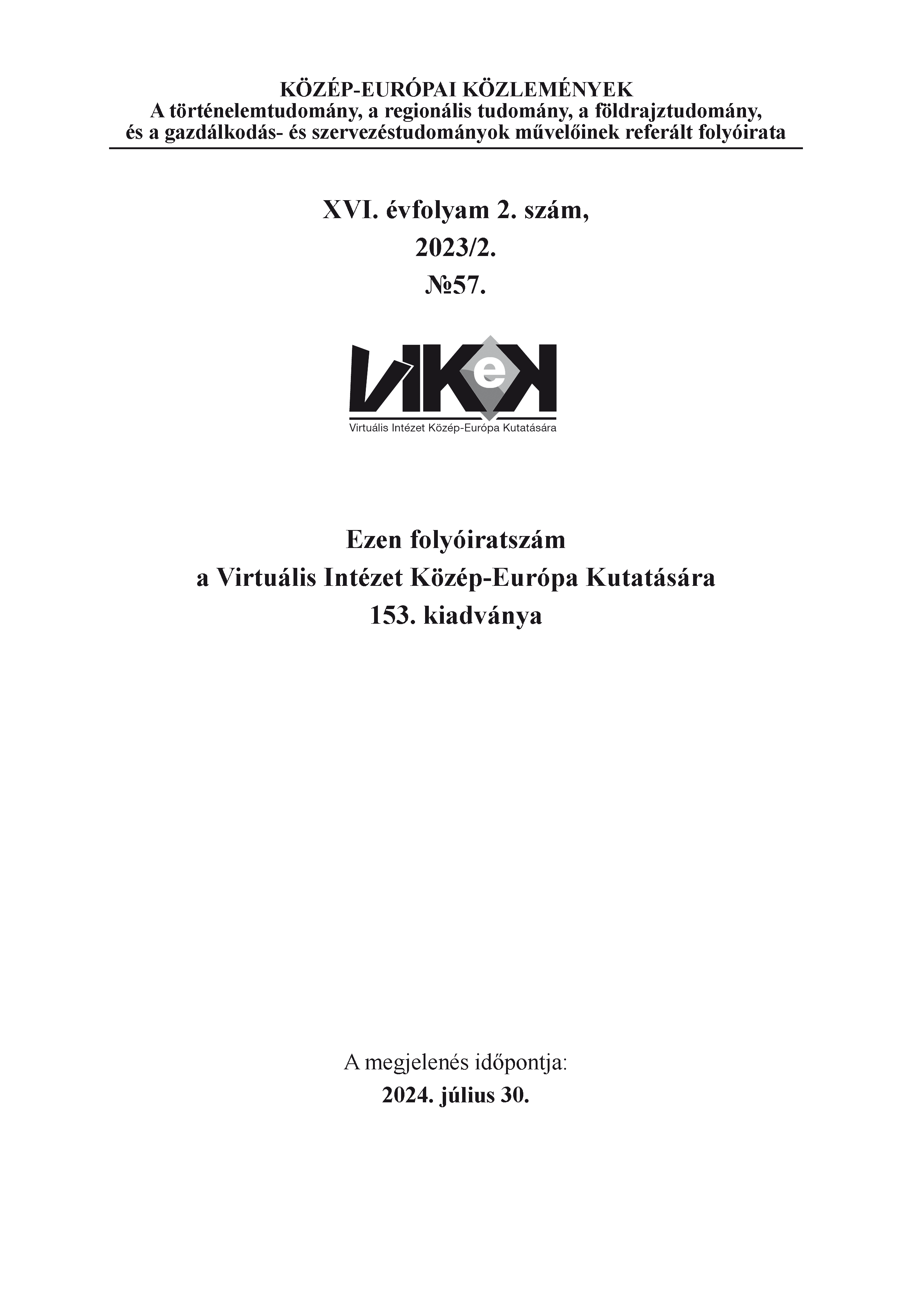A horvát-magyar-szerb és a horvát-magyar-szlovén hármas határ politikai földrajzi összehasonlító vizsgálata, különös tekintettel a nemzetiségi szerkezet változására
Main Article Content
Absztrakt
The aim of the study is to describe the political geography of the transformation. It will also devote space to the changes in the nationality structure caused by the transition. In the last hundred years, the border region under study has undergone a significant ethnic homogenisation, brought about by controlled assimilation processes. Their effects have multiplied significantly during the changes of state space. It is clear that there have been significant assimilation processes on both sides of the border. Not only the Hungarians who split into Croatia and Slovenia were affected, but also Croats and Slovenes in Hungary. In each case, a significant influencing factor is the rurality of the accommodation area, which has a more pronounced effect on the nationalities. The primacy of the national language has completely disappeared. In all the nationalities, there is a forced dominance of the official language
